Features > Property News & Insights > Market updates
$1 million homes are the new normal in Australia
.png)
Image by Dan Himbrechts/AAP
KEY POINTS
- Over a third of Australian homes are now valued at $1 million or more, up from just 9.7% in 2015, with sharp increases in both capital cities and regional areas
- Cities like Brisbane have seen dramatic growth, jumping from 2.8% to 40.2% of million-dollar homes in a decade, while Sydney leads with 64.4%
- Soaring prices are widening the wealth gap, pushing homeownership out of reach for many, increasing household debt, and intensifying rental demand
A million dollars once symbolised elite status in Australia's housing market.
Today, it’s increasingly just the entry fee.
New research from data analytics firm Cotality (formerly CoreLogic) reveals that more than a third of all Australian homes are now worth $1 million or more, with house prices continuing to soar across both cities and regions.
The surge is so significant that it’s fundamentally reshaping what buyers can expect for their money – and who can still afford to enter the market.
The details
“When it comes to most aspects of life, $1 million goes a long way,” says Eliza Owen, Head of Research at Cotality.
“Whether it’s a lifetime of family groceries, 75 years’ worth of household transport costs, or smashed avocado for breakfast every day, for over 100 years,” she quips.
“For housing, however, $1 million is increasingly standard.”
In August 2024, the median house value across Cotality’s Combined Capital Cities measure cracked the million-dollar mark for the first time, officially ending Sydney’s long-held exclusivity as the nation’s “millionaire's club.”
As of April this year, Cotality’s Eliza Owen says 34.4% of homes across Australia are now valued at $1 million or more, up from just 9.7% in 2015.
In the capital cities, it’s now 41.6%, compared to 14.3% ten years ago, while in regional Australia, that figure has skyrocketed from just 0.5% to 19.4% of all homes in a decade.
As expected, Sydney remains king, with 64.4% of all homes in the Harbour City now valued at $1 million or more.
Even modest properties have joined the club — the median value for a three-bedroom house is $1.3 million, while five-bedroom homes now average $2 million.
But it’s Brisbane that has seen the most dramatic shift.
Just 2.8% of Brisbane homes were worth over $1 million in 2015.
Today, it’s 40.2% — a staggering leap in just ten years.
With the city’s current median house value estimated at $990,000 by Cotality, Brisbane is on track to join the millionaire median club by the end of 2025.
Other capitals are following suit.
In Melbourne, 30.9% of homes are above $1 million in value (up from 12.4% in 2015).
Just 5 years ago, only 4.2% of homes in Adelaide were valued at $1 million.
Today it’s 27.8%.
Booming Perth has seen a similar story.
In 2020, just 6% of homes were in the million-dollar club; now it’s over 25%.
However, Cotality says Hobart stands out for bucking the trend.
The share of homes over $1 million actually dropped from 20.3% in 2022 to 11.9% in April 2025, as values retreated from pandemic-era highs.
Darwin remains the most affordable capital, with just 1.3% of homes above $1 million, largely unchanged in a decade.
Why it matters
While the rise in million-dollar homes reflects Australia’s relative economic strength, it also exposes deepening structural challenges.
“Million-dollar housing markets are in part a reflection of our wealth and prosperity as a nation,” Cotality’s Eliza Owen says.
“After all, housing markets wouldn’t have a million-dollar price tag if at least some Australians couldn’t come up with that level of finance.
“As values continue to rise, the chance that homeowners hit millionaire status increases, opening up new opportunities for further investment or accessing that wealth through the sale of a property,” she says.
“However, the downsides of such an extraordinary price point are also increasingly evident.”
The dream of homeownership is slipping further out of reach for many, especially younger and lower-income households, as prices outpace wage growth.
The average age of first-home buyers is rising, and rental demand is intensifying.
At the same time, housing debt has ballooned.
Ms Owen says RBA household debt-to-income figures hit 135% at the end of 2024 — up from 122% a decade ago — as Australians borrow more to keep up with property prices.
She says with several interest rate cuts expected in 2025, the housing market may surge further, widening the wealth gap between homeowners and those locked out.
One thing is clear: in today’s market, $1 million doesn’t go as far as it used to — but it’s more common than ever.
Or as Cotality’s Eliza Owen puts it, “that vast amount of money” is “buying less in the housing market now than ever before.”
Stay Up to Date
with the Latest Australian Property News, Insights & Education.




.png?width=292&height=292&name=Copy%20Link%20(1).png)
 SIGN UP FOR FREE NEWSLETTER
SIGN UP FOR FREE NEWSLETTER
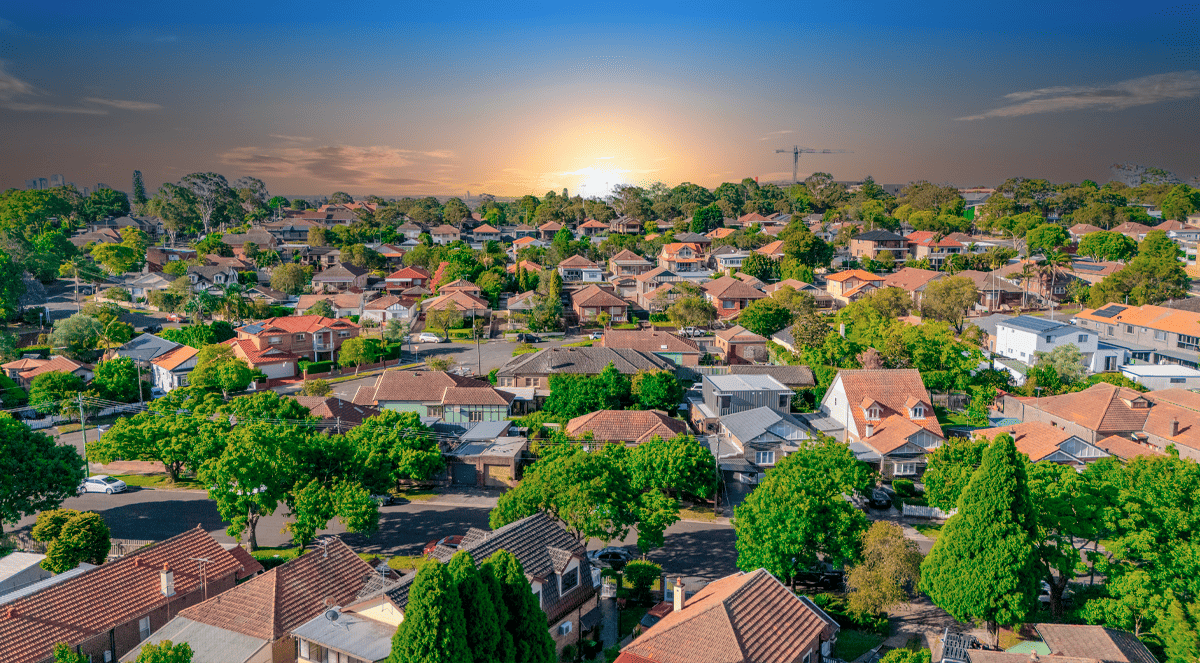
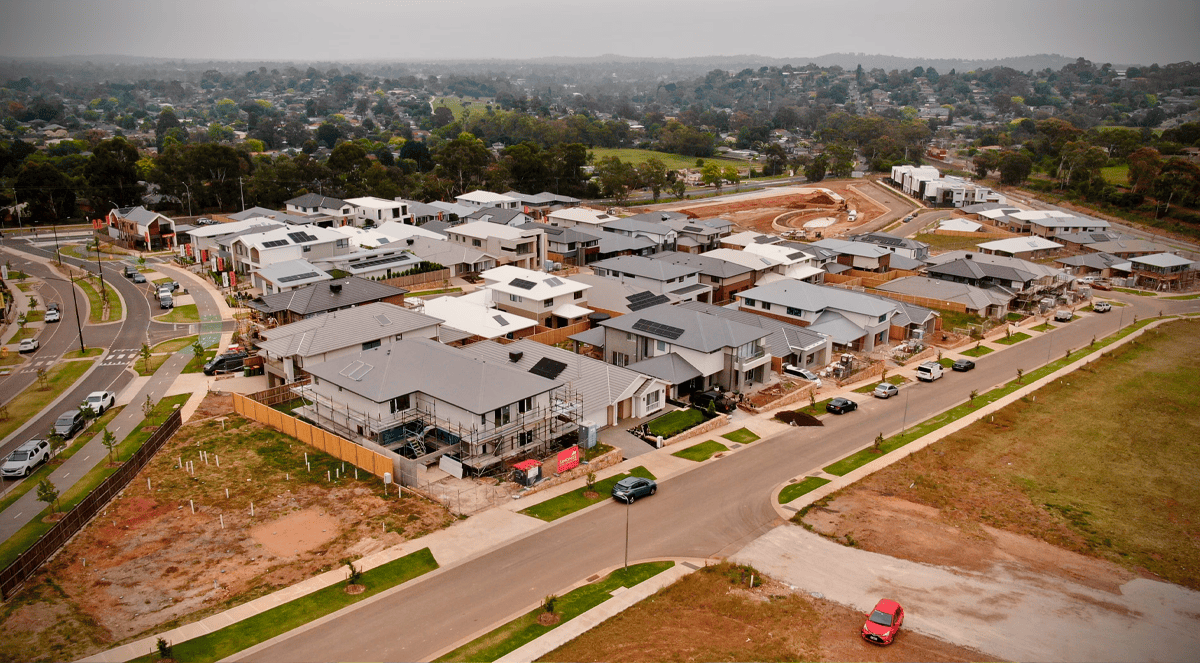
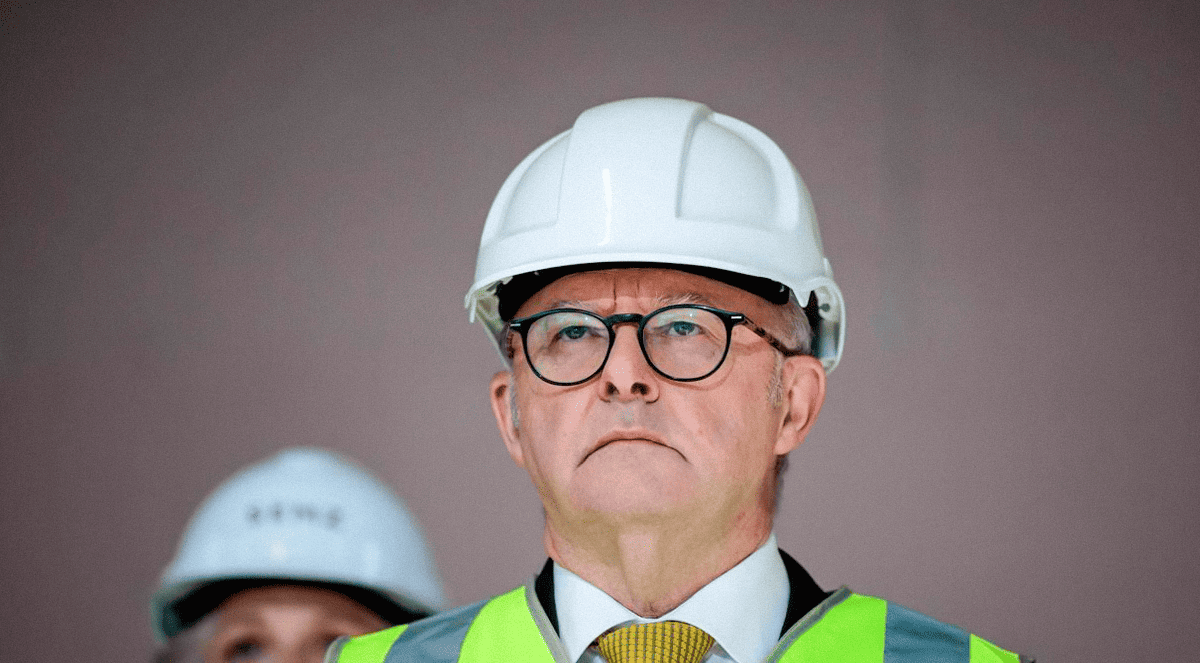
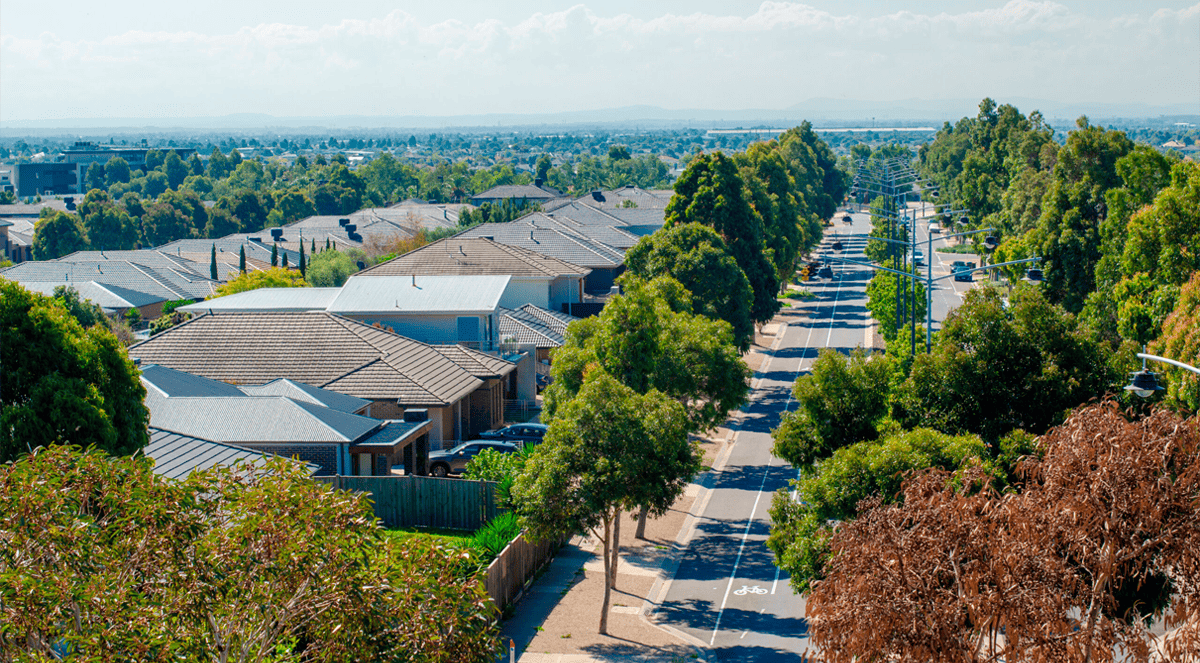
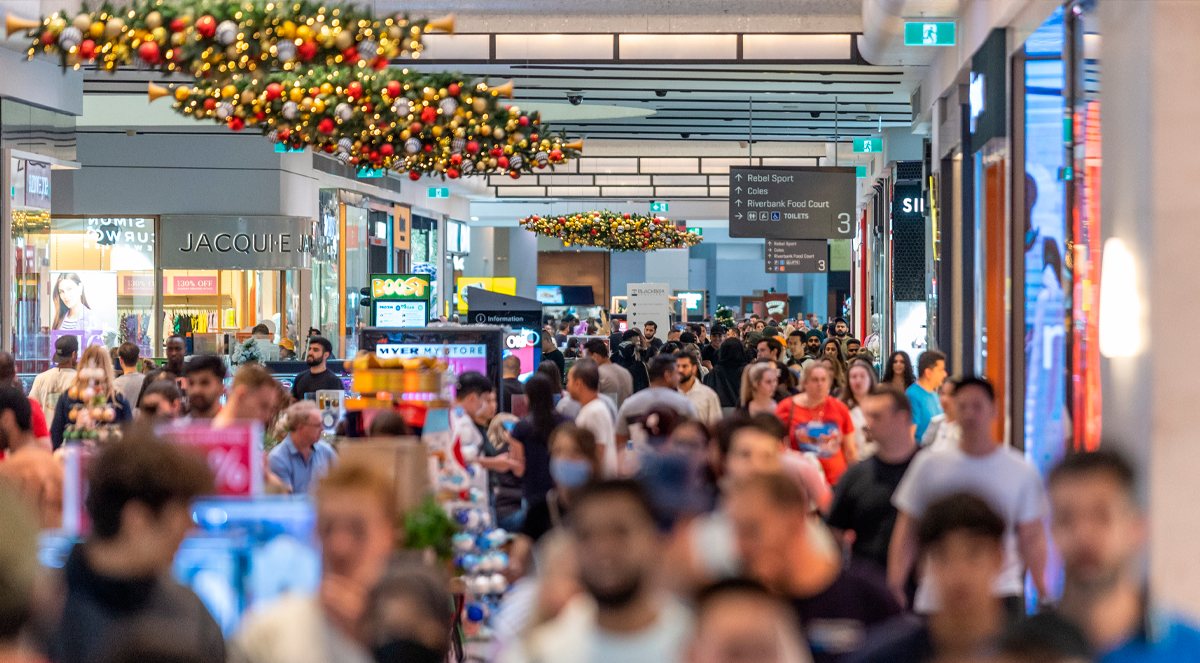
.jpg?width=1920&height=1080&name=Warning%2c%20You%20Might%20Be%20Facing%20Higher%20Taxes%20Soon%20(1).jpg)





.png?width=1920&height=1080&name=Rate%20Drops%20Signal%20BIGGEST%20Property%20Boom%20in%20DECADES%20(1).png)

.jpg?width=1920&height=1080&name=Labor%20vs%20Liberal%20These%20Housing%20Policies%20Could%20Change%20the%20Property%20Market%20Forever%20(1).jpg)
.jpg?width=1920&height=1080&name=QLD%20Slashes%20Stamp%20Duty%20Big%20News%20for%20Investors%20%26%20Home%20Buyers%20(1).jpg)
.jpg?width=1920&height=1080&name=Trump%20Just%20Slapped%20Tariffs%20%E2%80%93%20Here%E2%80%99s%20What%20It%20Means%20for%20Australia%20(1).jpg)
.jpg?width=1920&height=1080&name=Federal%20Budget%202025%20More%20Debt%2c%20No%20Housing%20%E2%80%93%20Here%E2%80%99s%20What%20You%20Need%20to%20Know%20(1).jpg)
.jpg?width=1920&height=1080&name=Australias%20Housing%20Crisis%20is%20about%20to%20get%20MUCH%20Worse%20(New%20Data%20Warns).jpg)
%20(1).jpg?width=1920&height=1080&name=Australias%20RENTAL%20CRISIS%20Hits%20ROCK%20BOTTOM!%20(2025%20Update)%20(1).jpg)
%20(1).png?width=1920&height=1080&name=Is%20Adelaide%20Still%20a%20Good%20Property%20Investment%20(2025%20UPDATE)%20(1).png)
.jpg?width=1920&height=1080&name=RBA%20Shocks%20with%20Rate%20Cuts!%20What%E2%80%99s%20Next%20for%20Property%20Investors%20(1).jpg)
%20(1).jpg?width=1920&height=1080&name=I%20Predict%20The%20Feb%20Rate%20Cut%20(My%20Price%20Growth%20Prediction)%20(1).jpg)
.png?width=1920&height=1080&name=Why%20Property%20Prices%20Will%20Rise%20in%202025%20Market%20Predictions%20(1).png)
.jpg?width=1920&height=1080&name=Why%20Investors%20Are%20Choosing%20Apartments%20Over%20Houses%202%20(1).jpg)
.jpg?width=1920&height=1080&name=Why%20Rate%20Cuts%20Will%20Trigger%20A%20Property%20Boom%20(1).jpg)
.jpg?width=1920&height=1080&name=Retire%20On%202Million%20With%20One%20Property%20(Using%20SMSF).jpg)
.jpg?width=1920&height=1080&name=4%20Reasons%20Why%20You%20Should%20Invest%20in%20Melbourne%20Now%20(1).jpg)
%20(1).jpg?width=1920&height=1080&name=Old%20Property%20vs%20New%20Property%20(Facts%20and%20Figures%20Revealed)%20(1).jpg)
%20(1).jpg?width=1920&height=1080&name=Will%20The%20New%20QLD%20Govt%20Create%20a%20Property%20Boom%20or%20Bust%20(My%20Prediction)%20(1).jpg)
%20Scott%20Kuru%20(1).jpg?width=1920&height=1080&name=Inflation%20Hits%20Three-Year%20Low%20(Will%20RBA%20Cut%20Rates%20Soon)%20Scott%20Kuru%20(1).jpg)
.jpg?width=1920&height=1080&name=How%20to%20Buy%20Investment%20Property%20Through%20SMSF_%20The%20Ultimate%20Guide%20(1).jpg)
.jpg?width=1920&height=1080&name=Victoria%20Slashes%20Stamp%20Duty%20Melbourne%20Set%20to%20Boom%20Scott%20Kuru%20(1).jpg)
.png?width=1571&height=861&name=Are%20Foreign%20Buyers%20Really%20Driving%20Up%20Australian%20Property%20Prices%20(1).png)
.jpg?width=1920&height=1080&name=The%20Single%20Factor%20That%20Predicts%20Property%20Growth%20Regions%20(1).jpg)
%20Scott%20Kuru%20(1).jpg?width=1920&height=1080&name=My%20Prediction%20On%20Rates%20%26%20Negative%20Gearing%20(Market%20Crash)%20Scott%20Kuru%20(1).jpg)

-1.png?width=1920&height=1080&name=Major%20Banks%20Cut%20Rates%20Will%20RBA%20Follow%20Suit%20(Sept%20Rate%20Update)-1.png)
%20Scott%20Kuru-1.png?width=1920&height=1080&name=Rate%20Cut%20Coming%20What%20New%20Zealands%20Move%20Means%20for%20Australia%20(Sept%20Prediction)%20Scott%20Kuru-1.png)
%20(1).jpg?width=1920&height=1080&name=Buy%20when%20the%20interest%20rates%20are%20high!%20(Why%20you%20must%20buy%20now!)%20(1).jpg)
.jpg?width=1920&height=1080&name=Carms_Revised%20Taxes%20Due%20Aug%209%20YT%20Thumbnail02%20(1).jpg)
.jpg?width=1920&height=1080&name=Carms_Too%20Little%20Too%20Late%20Aug%207%20YT%20Thumbnail01%20(1).jpg)









.jpg?width=1920&height=1080&name=Carms_Rate%20Drop%20In%20July%20Jun%2010%20YT%20Thumbnail02%20(1).jpg)
.jpg?width=1920&height=1080&name=Carms_Own%20a%20Property%20V6%20Jun%205_YT%20Thumbnail%20(1).jpg)









.png?width=1920&height=1080&name=Artboard%201%20(3).png)






.jpg?width=1920&height=1080&name=YT%20thumbnail%20%20(1).jpg)

